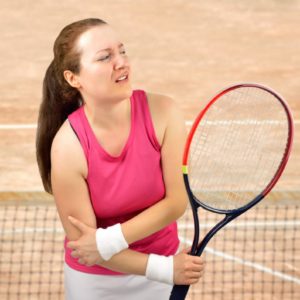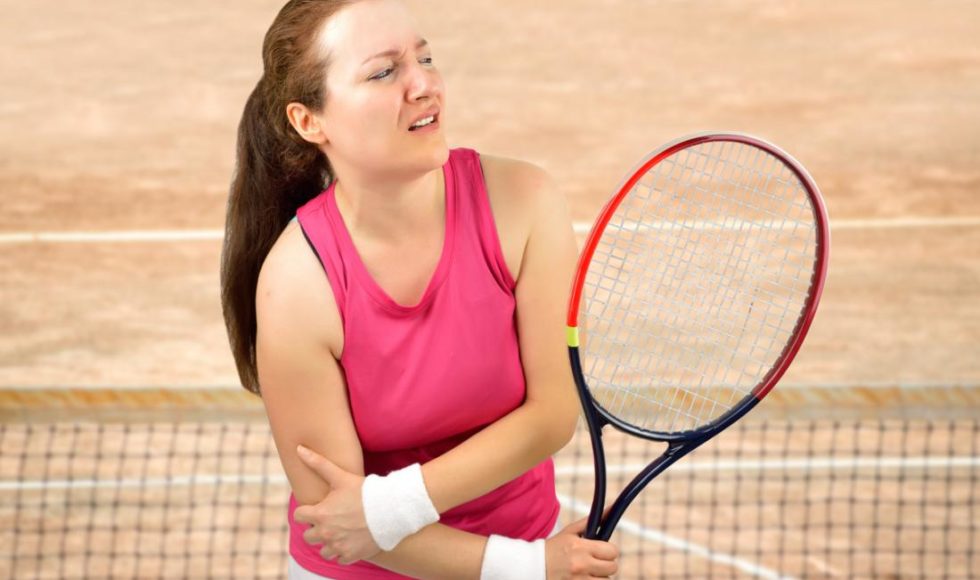
Introduction:
Tennis elbow or lateral epicondylitis is the musculoskeletal condition causing pain around the outer part of an elbow. It causes inflammation of the tendons which join the forearm muscles on the outside of the elbow.
Let’s know about role of homoeopathic medicines in tennis elbow and let’s understand what Doctors at DR MANKAD’S CLINIC say about the homeopathic medicines that possess great and efficacious healing qualities in treating tennis elbow.
Tennis elbow and its scope in homoeopathy:
Homoeopathic medicines aim to deliver a complete and long lasting cure as they are administered to the patient after a detailed case taking and case analysis with the appropriate case evaluation on the basis of characteristic individuality and constitution.
Emphasis on Holistic approach during the entire process of case doubtlessly leads the patient to a complete cure and healing.
As there are no side effects of the homoeopathic medicines, person can unflinchingly choose the proper homoeopathic treatment for tennis elbow as early as possible before the case worsens and the intensity of the symptoms get doubled.
Homoeopathic medicines:
Bellis perennis, carbo animalis, rhus tox, ruta, kali carb, guaiacum, kali nitricum, causticum, etc are well indicated homoeopathic remedies that can provide excellent cure in the treatment of tennis elbow.
But, only an appropriate remedy is administered to the patient after an elaborate and precise case taking only by a consultant homoeopath on the basis of symptom similarity and individuality.
Causes:
- As the name suggests, playing tennis especially the repeated use of the backhand stroke with poor and improper technique is considered to be one of the foremost causes of tennis elbow.
- Many other common activities involving the proficient use of arm can also cause tennis elbow and these can be painting, using plumbing tools and driving the screws, cutting up the the hard ingredients especially fat meats and poultry, consistent use of computer devices namely mouse.
Risk factors include:
- Age: it is common in adults between the ages of 30 to 50.
- Occupation: as explained earlier, it is commonly seen in people who have jobs that involve consistent or repetitive motions of the wrist and arm are more likely to develop tennis elbow. E.g. tennis players, butchers, carpenters, plumbers, chefs.
Symptoms include:
- Person experiences loss of power in the forearm and fingers
- Crawling sensation on the tips of fingers
- Stiffness in the elbow of affected arm
- Following actions may be difficult to perform:
- Twisting and turning the knob of door
- Lifting/ holding the heavy objects and opening the lids of jars and bottles
- Lifting something up from the ground
Diagnosis :
X- ray of the affected elbow will help in diagnosing the case.
General guidelines for the reduction in the intensity of symptoms:
Physiotherapy can always act as conjunctive mode of treatment along with homoeopathy.
Right amount of right exercise suggested by physiotherapist should be done regularly at right time and at right intervals to speed up the recovery.

